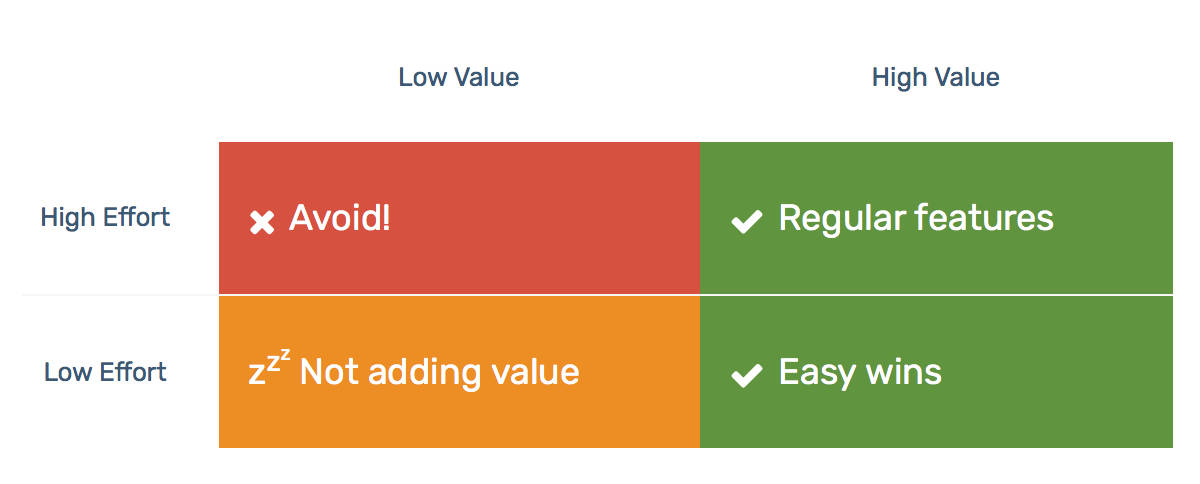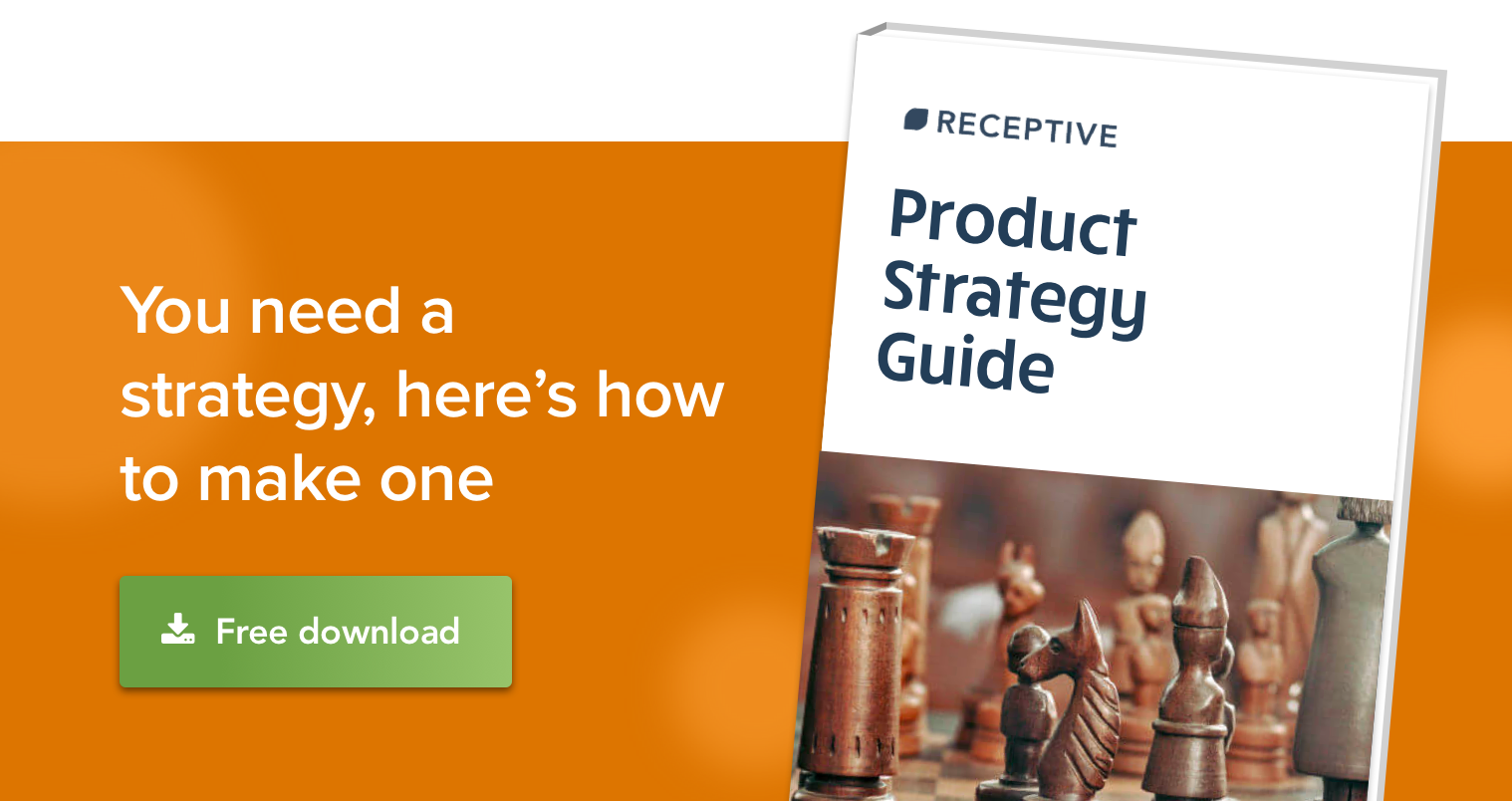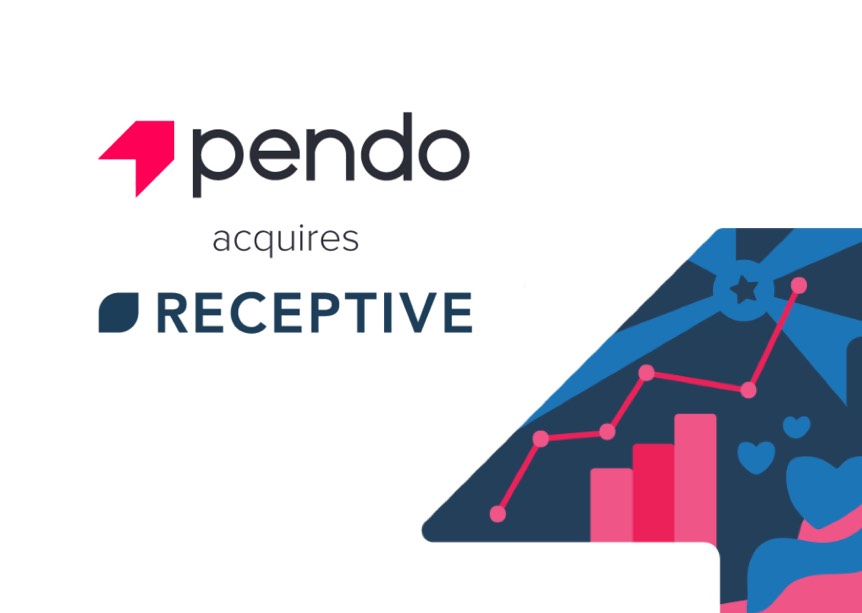One of the biggest problems that a product manager faces is knowing which features they should be focusing on next.
SaaS companies pride themselves on quickly and constantly improving their products, and the only way to do this is to prioritize.
We’ve done a lot of research, a lot of thinking, and even more writing about this subject and so we thought we’d consolidate everything you need to know about prioritization into one handy blog post.
First up, some data.
The Data
We conducted a survey and asked some top SaaS companies how they prioritize.
You can see the full results and findings from our research here.
Some of the key insights we gained were:
-
36% spend 2-4 hours on each prioritizing session.
-
82% use strategy to guide their decisions.
-
64% are happy with how they prioritize.
That means that SaaS companies are spending a lot of time figuring out what their priorities are.

It means that strategy is crucial when it comes to prioritization.
And most importantly, it means that about a third of SaaS companies are NOT happy with how they prioritize. That leaves a lot of room for improvement.
We also found that far and away the biggest pain points when it comes to prioritization are a lack of time and a lack of data.
Fortunately, we know how to solve those.
Lack of Time
Prioritization takes a lot of time. Once you start scaling as a SaaS company, you’re going to receive a lot of feature requests. How can you possibly prioritize them all?
Well, the solution is so simple that it doesn’t even make sense.
Product managers should not be prioritizing feature requests.
In this blog post, we explained this in more detail.
The methods of prioritization that you’ll no doubt be familiar with (Kano, Prune the Product Tree, etc.) are problematic in that they are very manual and time-consuming processes.
In fact, we suggest avoiding them altogether.
There are so many different people who all want different things from your product. Small customers want feature A, large customers want feature B. Sales think that feature C is important, while Customer Success believe that feature D would be a big help.

The product manager is stuck between all of those people, trying to find a compromise.
Here’s the fix: allow your customers and team members to set their own priorities.
This way, product managers can instantly see what the priorities are for the different groups. It saves them a whole load of time and effort.
Lack of Data
That brings us nicely onto the second major pain point which concerns the lack of data needed to make any decisions.
A lot of the time, feature requests miss the bigger picture. They’re often a demand from your customers that lack any form of context.
But for product managers, the context is the data they need. It’s no use finding out that customers want a specific feature if you don’t know WHY they want it.
Incomplete data makes it so much harder for decisions to be made.
When it comes to receiving feedback, there are certain things you absolutely need to know.
-
What problem are they trying to solve?
-
What is their current workaround?
-
How important is it to them?
-
Who are they?
Knowing what a user is trying to do and how they’re currently doing it enables product managers to think about a solution. This gives them more control over where the product is heading, and means they can understand the context.
If you know how important it is, then it helps to prioritize. And then if you know who it is that wants that feature then it helps when it comes to segmenting and using your strategy (more on that later).
Taking the time to make sure you get the relevant data up front will help you out a lot when it comes to prioritizing.
The Method
Now that we’ve established the pain points and how to solve them, it’s time to lay out what we believe is the best method of prioritization.
If you’d prefer to learn about this method in webinar form, then you’re in luck. Here you go.
Step 1: Collect the Feedback
Obviously you need to collect feedback if you want to prioritize. And chances are, you’re here because you’re struggling with a backlog already.
The bad news is that your current backlog is probably useless.
The good news is that you now know the questions you should be asking when it comes to collecting feedback.

To recap, they are:
-
What problem are they trying to solve?
-
What is their current workaround?
-
How important is it to them?
-
Who are they?
You should also make sure you’ve set up a centralized place to store the feedback. Ideally it will be accessible to anyone in your company, as well as always there for your customers to self-serve at a time which suits them.
For smaller companies, we recommend using a Google Sheet, or a Trello board to manage this aspect. As you scale, you could use a database tool like Airtable, before eventually moving on to a dedicated customer feedback solution, like Receptive.
You should note that tools like Trello are great for when you start off, but become limiting when you start to scale.
Once you start collecting the right data, then you can start prioritizing.
Step 2: Strategize
As we discovered in our research, 82% of SaaS companies use their product strategy to guide their prioritization. Our method also relies on this.
Before you start prioritizing, you need to know what your aims and goals are. That’s why you need to refer to your strategy.
Not all feedback is equal. Sometimes, certain groups of users are more important than others.
For example, your plan for the next quarter might be to sell to more enterprise customers. This means you can segment your data to just enterprise customers. (This is why we told you to learn who your data was coming from.)
Focusing on the feature requests from your current enterprise customers will help you to close more enterprise deals in future.
Your strategy allows you to hone in on the most relevant feedback for your current organizational goals.
Step 3: Prioritize
If you’ve been collecting the information we laid out earlier then this bit is easy. Your users will have given you their priorities already so all you need to do now is find the highest priorities.
We recommend setting up a meeting with everyone involved with product decisions, and then going through these feature requests.
A useful thing to do at this stage is have your devs estimate how much effort each feature would involve.

This way you can plot an effort-value graph to see which features are really worthwhile.
Summary
That brings us to the end. Hopefully now you’ve got an idea of why prioritization is so important, how to solve the key pain points (lack of time and lack of data), and you have an idea of the method you can use to prioritize.
Further Learning
Blog Posts:
Webinars:
Podcasts:




